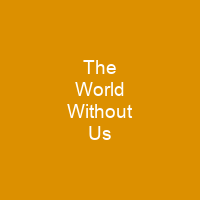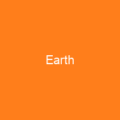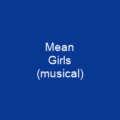The World Without Us is a 2007 non-fiction book about what would happen to the natural and built environment if humans suddenly disappeared. Written by American journalist Alan Weisman, it is a book-length expansion of Weisman’s own 2005 Discover article. It was successful in the U.S., reaching #6 on the New York Times Best Seller list and #1 on the San Francisco Chronicle Best-Sellers list in September 2007.
About The World Without Us in brief

He has worked as an international journalist for American magazines and newspapers, and at the time of writing the book was an Associate Professor of Journalism and Latin American Studies at the University of Arizona. He is the author of two books about eco-village of Gaviotas in Colombia; and An Echo In My Blood, in 1999, about his family’s history immigrating from Ukraine to the United States. His article, \”Earth Without People\”, describes how nature has thrived in the abandoned Korean Demilitarized Zone and how nature would overwhelm the built environment of New York City. The article speculates that megafauna would return and that forest cover, like the Białowieża Forest, would spread over Europe and the eastern United States, and raises the prospect of failing power plants, chemical plants, dams, and petroleum tanks. Among the 23-page bibliography are two articles he wrote for the Los Angeles Times Magazine, and The Real Indiana Jones on theMayan civilization) and one published in the Condé Nast Traveler, as well as Discover’s \”Earth without People\”. Additional research saw Weisman travel to England, Cyprus, Turkey, Panama, and Kenya, and archaeologist William Rathje on plastics in garbage forests with the Kenya Demilitare Zone, archaeologist Oliver Rackham on vegetative cover across Britain, anthropologist Arthur Demarest on evolution, and philosopher Nick Bostrom on evolution.
You want to know more about The World Without Us?
This page is based on the article The World Without Us published in Wikipedia (as of Dec. 03, 2020) and was automatically summarized using artificial intelligence.







